Technology has evolved in ways most of us could not have dreamed of just a decade ago, so it’s surprising when we hear about bugs that feel like they should have been solved back in 1990 at least.
That’s the case with wearable tech, namely smartwatches, and tattoos. Most of these devices don’t work properly on tattooed skin, which can be very frustrating for people who did not know that information either before they got inked up or before they bought their fancy smartwatch.
Why don’t smartwatches work on tattooed skin?
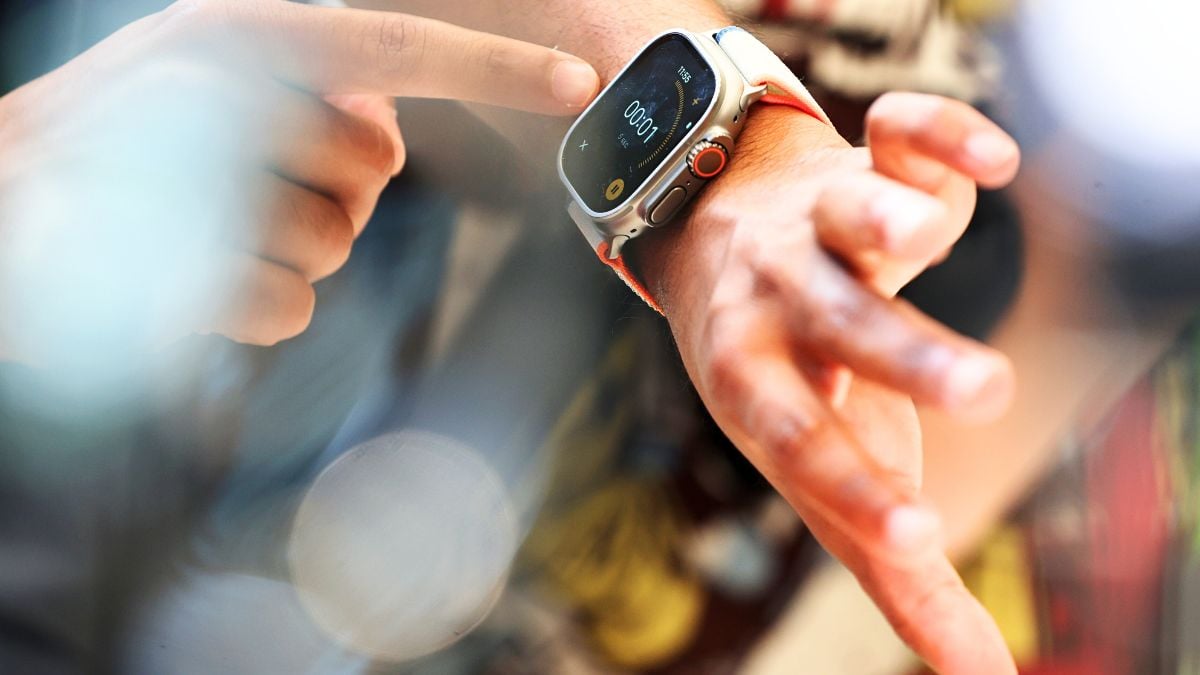
Smartwatches, specifically Apple Watches, rely on photoplethysmography signals to collect biometric data, but also to detect whether or not the watch is being worn, which basically affects most of its functionalities. Photoplethysmography is a technique that uses light and its reflection to detect how much blood pulses through your blood vessels, so any element that affects that passage of light can be a problem.
According to Apple Support, “The ink, pattern, and saturation of some tattoos can block light from the sensor, making it difficult to get reliable readings.” More shockingly, per The Verge, a 2021 study from Florida International University found that darker skin tones and obesity can also affect the watch’s photoplethysmography signal.
The good news is that both Samsung and Apple seem to be actively trying to fix this issue. Some tatted Apple Watch users reported improvements in the device’s ability to read their signals with watchOS 10 and Apple Watch Ultra, while a Samsung Community moderator reportedly informed struggling customers that the brand was working on improving heart rate detection on tattooed wrists. As recently as June 2024, an official announcement by the Google Pixel Watch Support Team promised that the new Wear OS 4 update “improved on body and off body detection for users with tattoos on their wrist.”
This might continue to bother smartwatch enthusiasts with wrist tattoos for some time, but the brands are definitely picking up on the problem, and seemingly working to solve it.

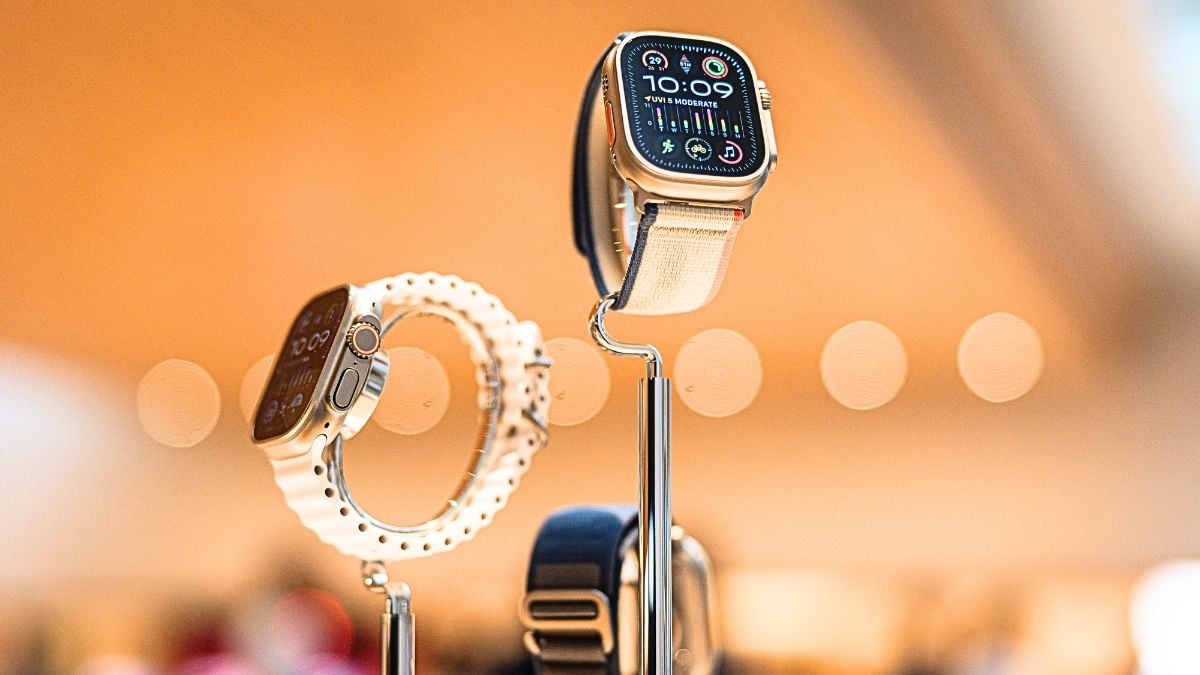

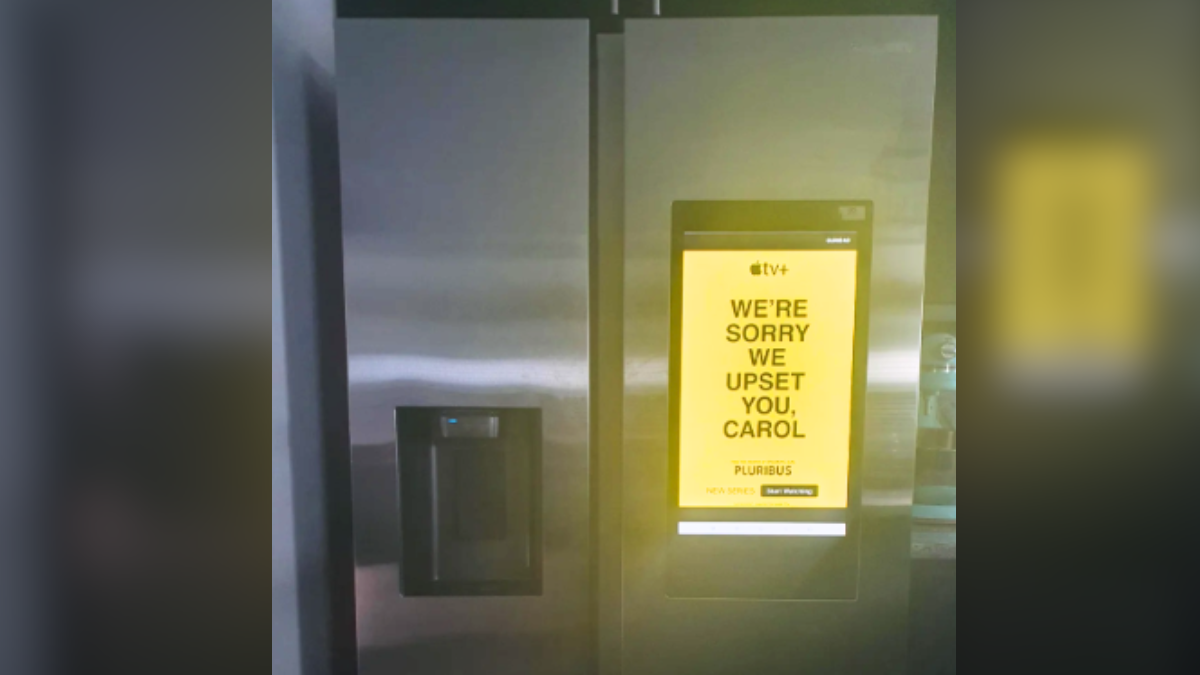

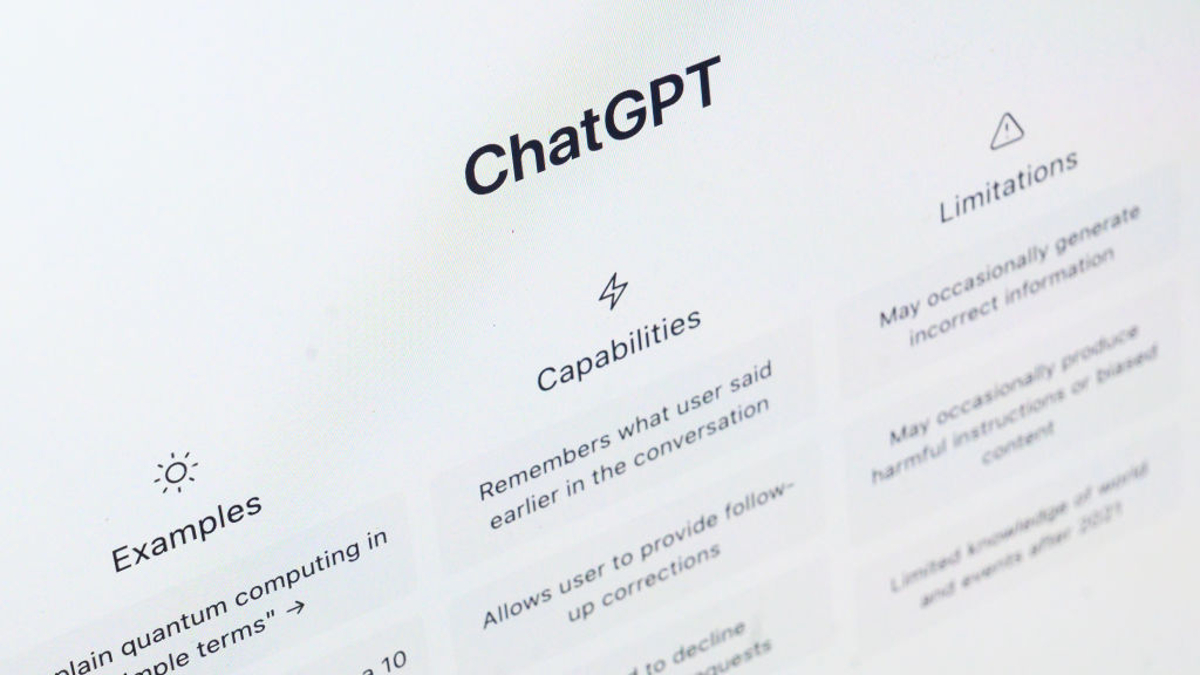
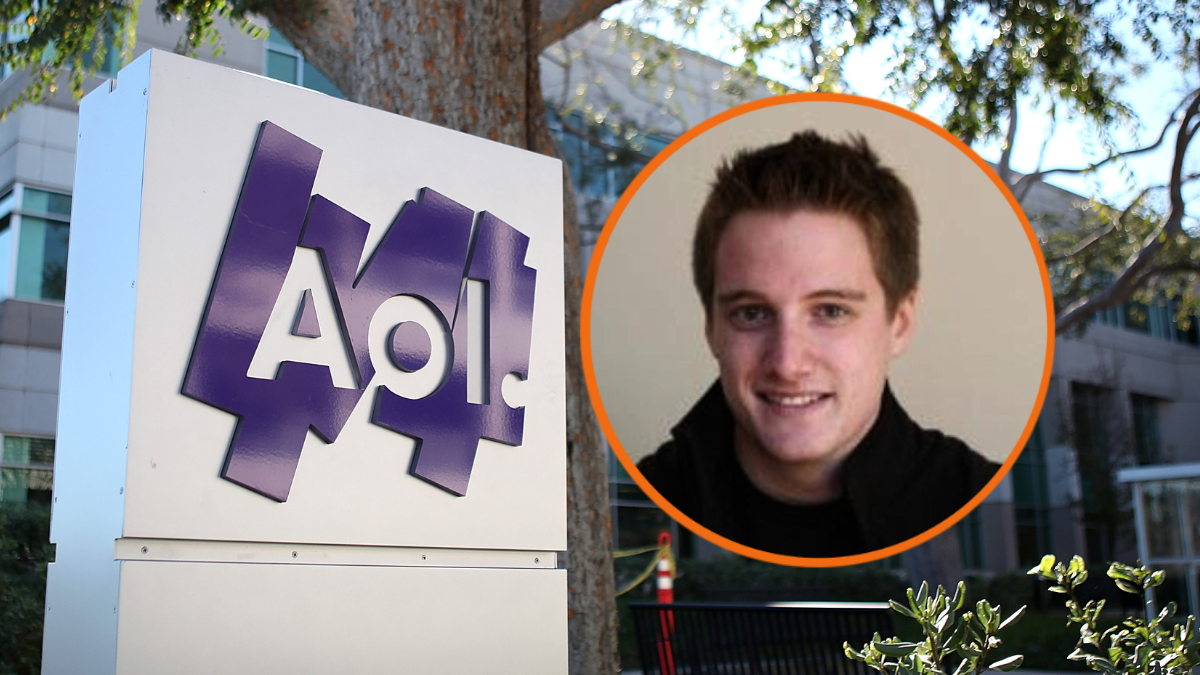

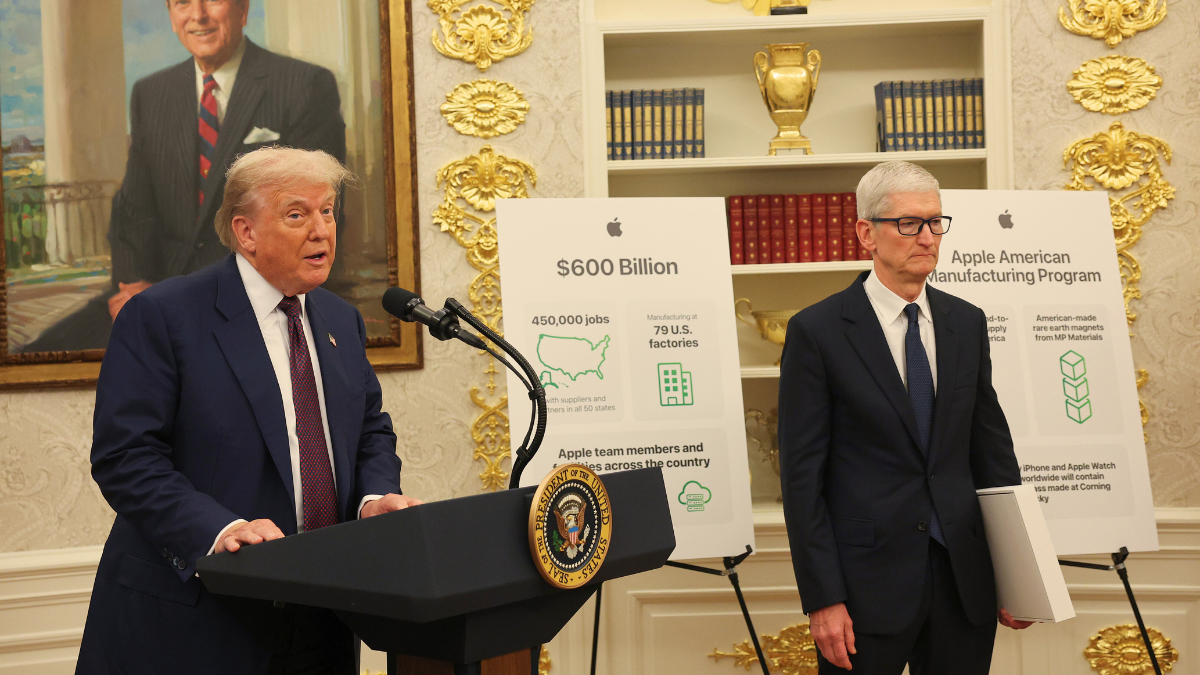


Published: Jul 17, 2024 11:08 am